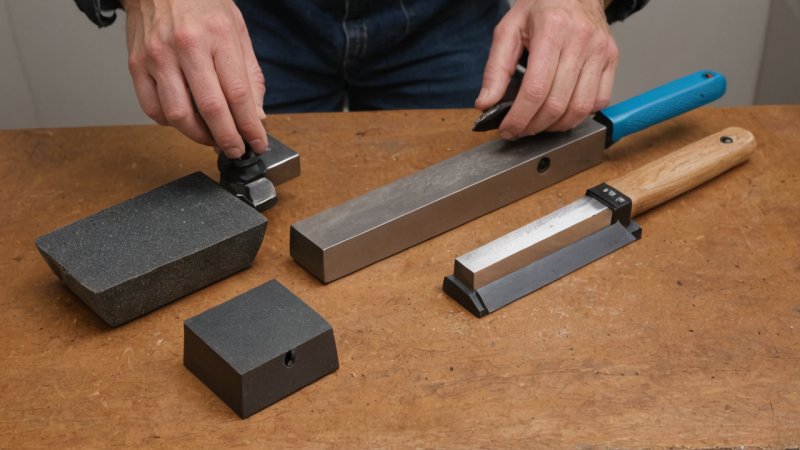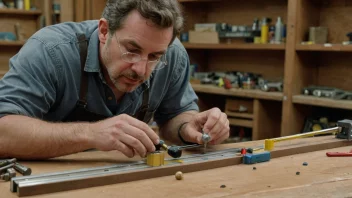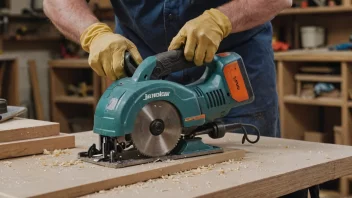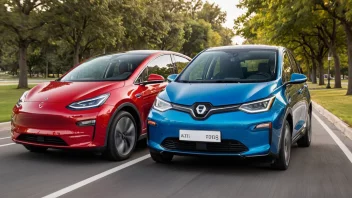When it comes to maintaining hand tools, one of the most critical tasks is keeping their edges sharp. Dull tools can hinder performance, lead to frustration, and even pose safety risks. Two popular methods for sharpening hand tools are manual sharpening and electric sharpening. Each of these methods has its own set of advantages and disadvantages, making it essential to understand their differences to choose the best option for your needs.
Understanding Manual Tool Sharpening
Manual sharpening typically involves the use of whetstones, sharpening rods, or hand-held files. This method requires a bit of skill and patience but can be highly rewarding for those who enjoy the process.
Pros of Manual Sharpening
- Control: Manual sharpening allows for greater control over the angle and technique, enabling you to achieve a sharper edge tailored to the specific tool.
- Cost-Effective: Manual tools like whetstones or files are generally less expensive than electric sharpeners.
- Skill Development: Regular practice enhances your sharpening skills and understanding of tool maintenance, making you more self-sufficient.
Cons of Manual Sharpening
- Time-Consuming: The process can be slow, especially if you have several tools to sharpen.
- Physical Effort: Manual sharpening requires more physical effort, which may not be ideal for everyone.
- Learning Curve: Beginners may find it challenging to achieve the desired sharpness without guidance.
Exploring Electric Tool Sharpening
Electric sharpeners have gained popularity for their speed and efficiency. These devices typically use rotating abrasive wheels to quickly sharpen edges, making them an attractive option for those who value convenience.
Pros of Electric Sharpening
- Speed: Electric sharpeners can significantly reduce the time it takes to sharpen multiple tools, making them ideal for busy users.
- Ease of Use: Most electric sharpeners are user-friendly, often featuring guides to help maintain the correct angle.
- Consistent Results: Electric sharpeners provide uniform sharpening, which can be beneficial for achieving a consistent edge across multiple tools.
Cons of Electric Sharpening
- Cost: Electric sharpeners tend to be more expensive than manual options, which may not be suitable for all budgets.
- Less Control: The speed of electric sharpeners can lead to overheating, which may damage the tool if not monitored closely.
- Dependency on Electricity: If you’re in a remote location or during a power outage, electric sharpeners may not be usable.
Comparative Analysis of Manual and Electric Sharpening
To better illustrate the differences between manual and electric sharpening methods, let's break down their features in a comparative table.
| Feature | Manual Sharpening | Electric Sharpening |
|---|---|---|
| Initial Cost | Low | High |
| Time Requirement | High | Low |
| Control Over Angle | High | Moderate |
| Ease of Learning | Moderate | High |
| Portability | High | Low |
Choosing the Right Method for You
When deciding between manual and electric sharpening, consider the following factors:
- Your Skill Level: If you're a beginner, an electric sharpener may provide the guidance you need, while seasoned users might prefer the control of manual sharpening.
- Volume of Tools: For those with many tools to maintain, electric sharpeners can save significant time and effort.
- Budget: Consider how much you're willing to invest in sharpening tools; manual options are more budget-friendly.
- Preference for Control: If you enjoy the hands-on approach and the art of sharpening, manual sharpening might be more satisfying.
Conclusion
Both manual and electric sharpening methods have their unique benefits and drawbacks. Manual sharpening offers control and cost-effectiveness, while electric sharpening provides speed and convenience. Your choice should ultimately depend on your specific needs, preferences, and how you plan to use your hand tools. If you're looking for a more traditional approach and enjoy the process, manual sharpening may be the way to go. However, if you prioritize speed and efficiency, an electric sharpener could be a valuable addition to your toolkit. In either case, maintaining sharp tools is essential for optimal performance and safety in any DIY or professional project.






